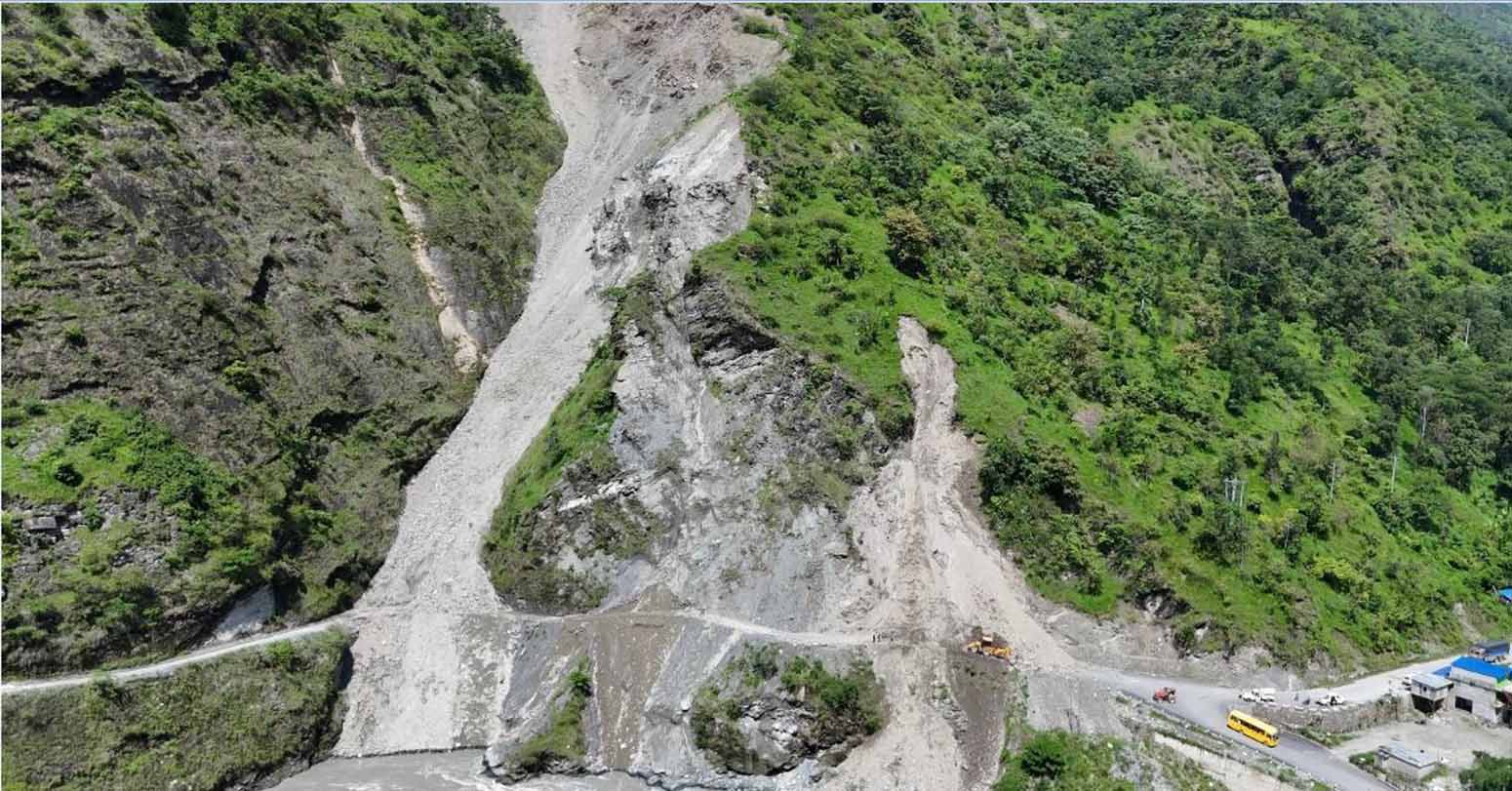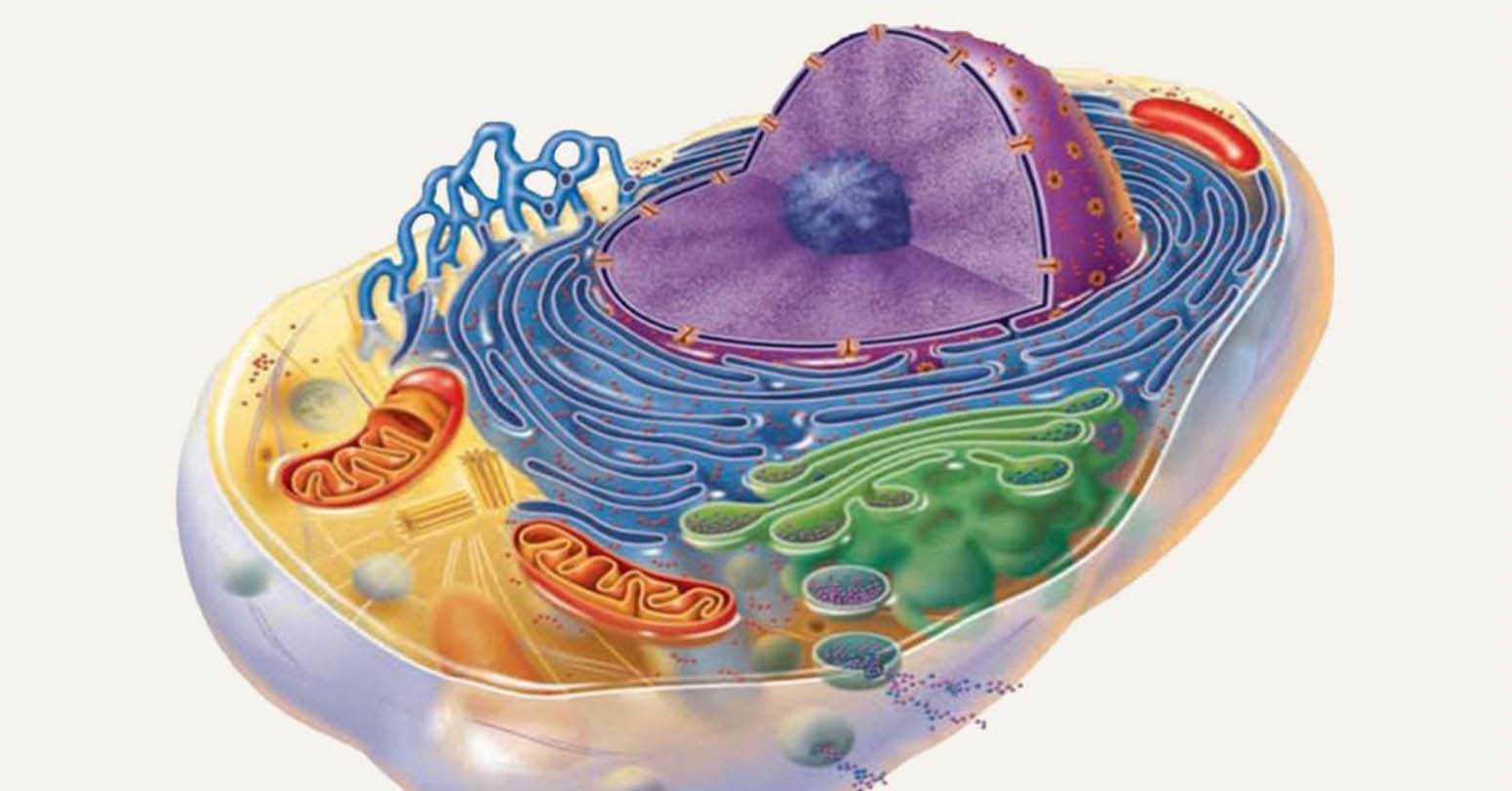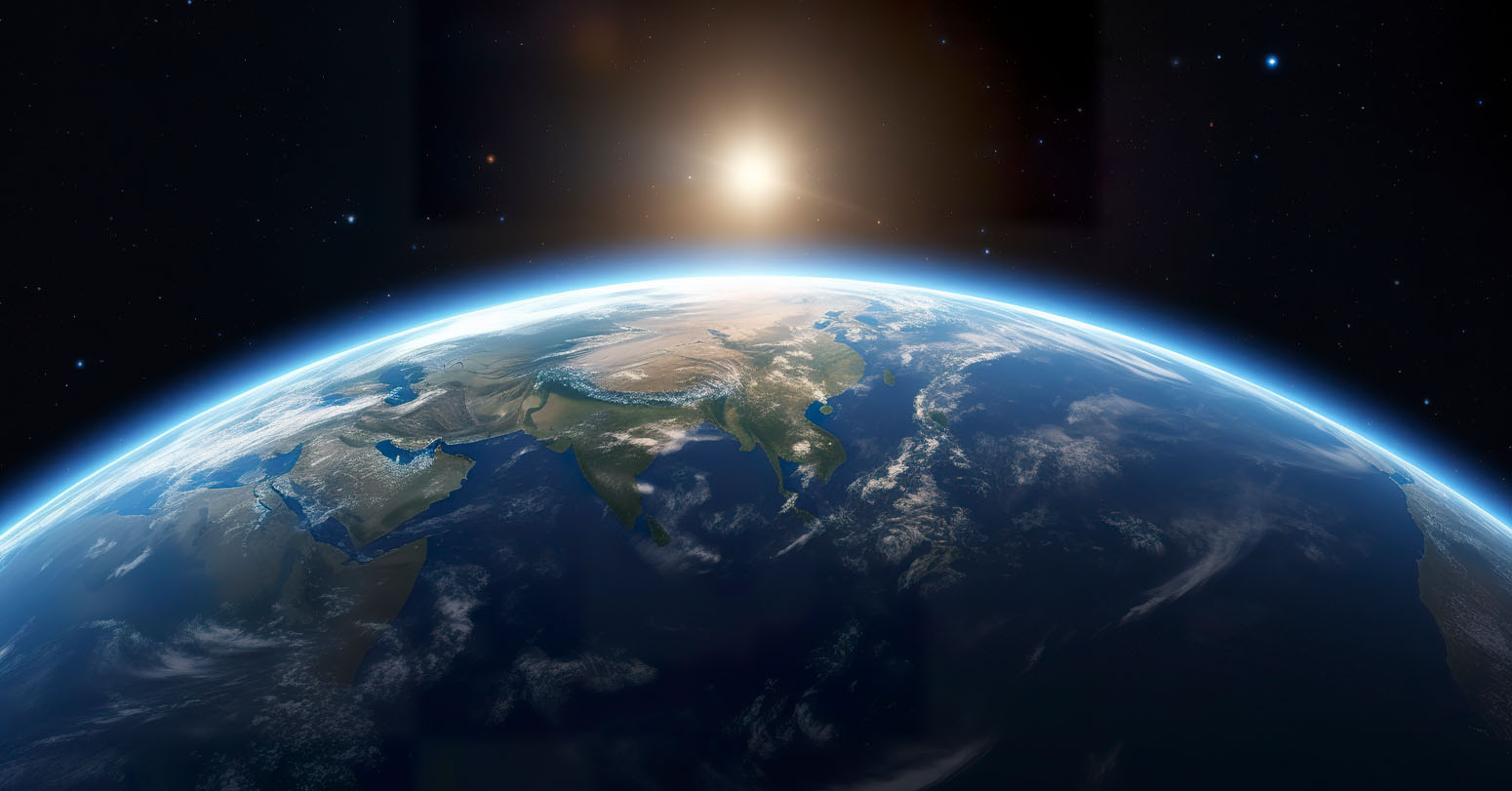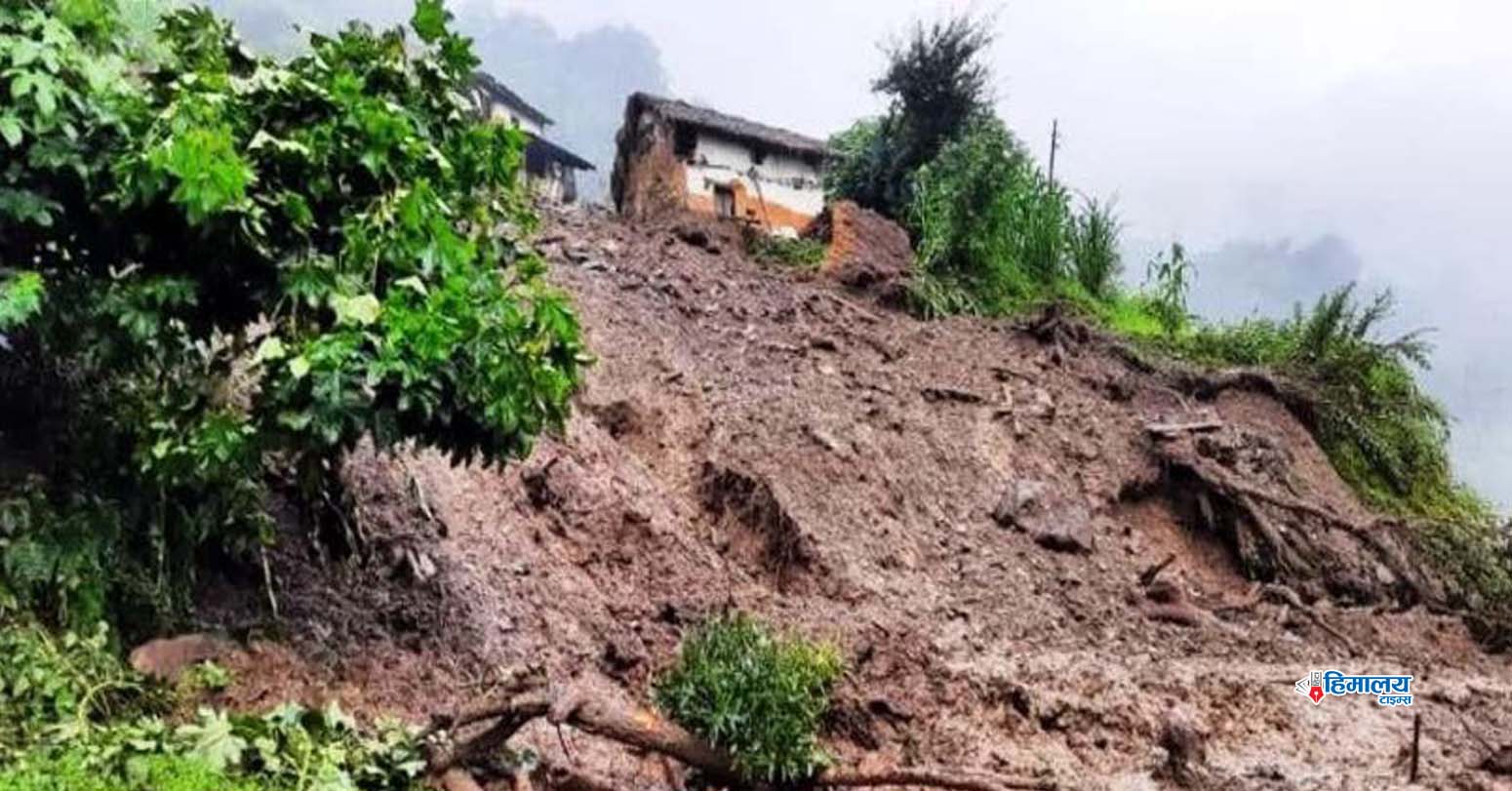A recent study has revealed that an intense Asian summer monsoon played a key role in the migration of humans from Africa to East Asia about 120,000 to 70,000 years ago.
The study, conducted by researchers at the Chinese Academy of Sciences' Institute of Earth Environment and researchers in the Republic of Korea, Spain and the U.K., was published in U.S. journal Proceedings of the National Academy of Sciences (PNAS) this week.
It is widely understood that the African continent is the birthplace of human beings, and that the climate in the most populous southern and eastern regions of Asia is mainly affected by monsoon circulation. However, how ancient humans responded to monsoon changes remains a major question in the study of human evolution.
The Chinese and foreign researchers attempted to determine how Asian summer monsoons affected the migration of the Homo sapiens, the ancestors of humans today. They generated high-definition reconstructions of past Asian monsoons based on data from China's Loess Plateau, and simulated the ancient East Asia hydroclimate and ancient human habitat environments.
They found that over the past 280,000 years, the Asian summer monsoon season has undergone periodic changes driven by solar radiation, the ice volume in the Northern Hemisphere and greenhouse gases.
Ancient humans dispersed from Africa to East Asia about 120,000 to 70,000 years ago, coinciding with the intensification of Asian monsoons and the deterioration of the climate in southeast Africa, according to the paper.
Increased rainfall, rising temperatures and lush vegetation across swathes of Asia, thanks to strengthened Asian monsoons, would have attracted the Homo sapiens to migrate to the continent, and the deteriorating climate in Africa would also have prompted that migration, the paper said.
-XINHUA



















Comprehensive Data Protection Law Critically
Gender Differences In Mental Healthcare
Messi Wins Best FIFA Men’s
Erosion of Democracy
Fly Dubai Catches Fire in
“Complexities of the South Asian